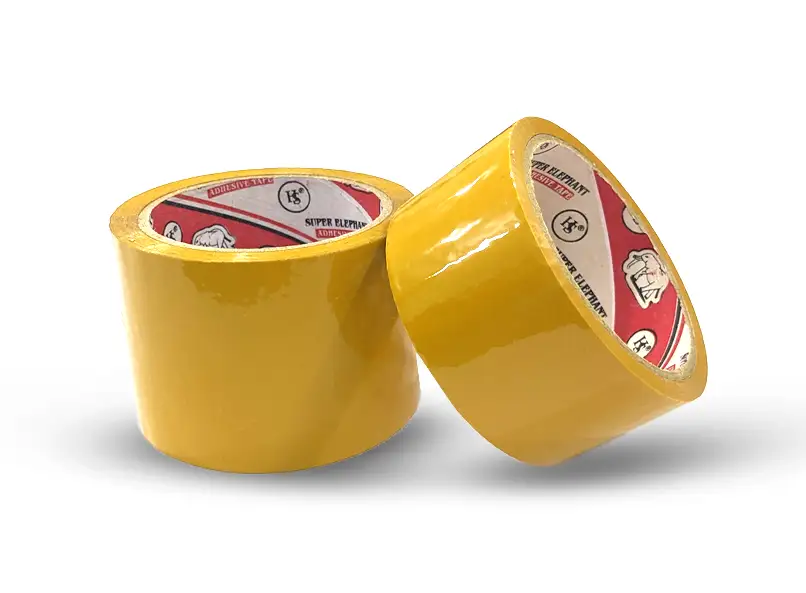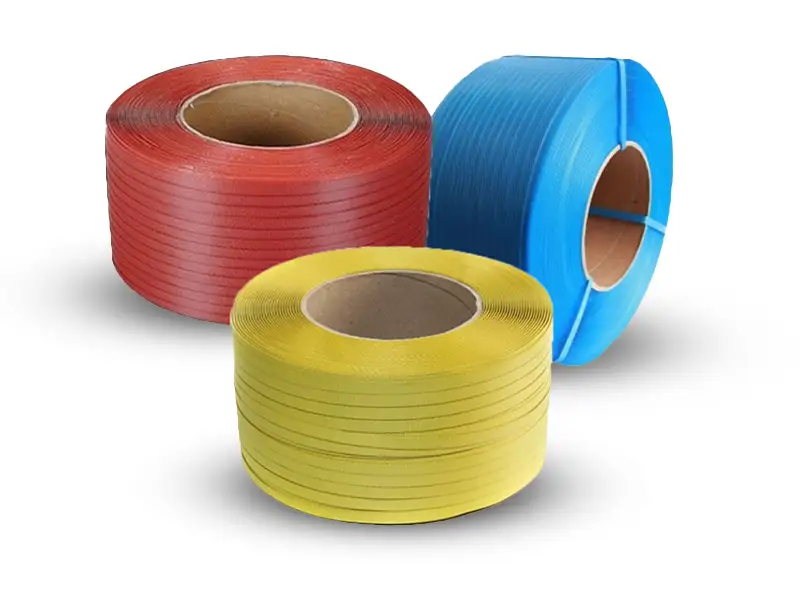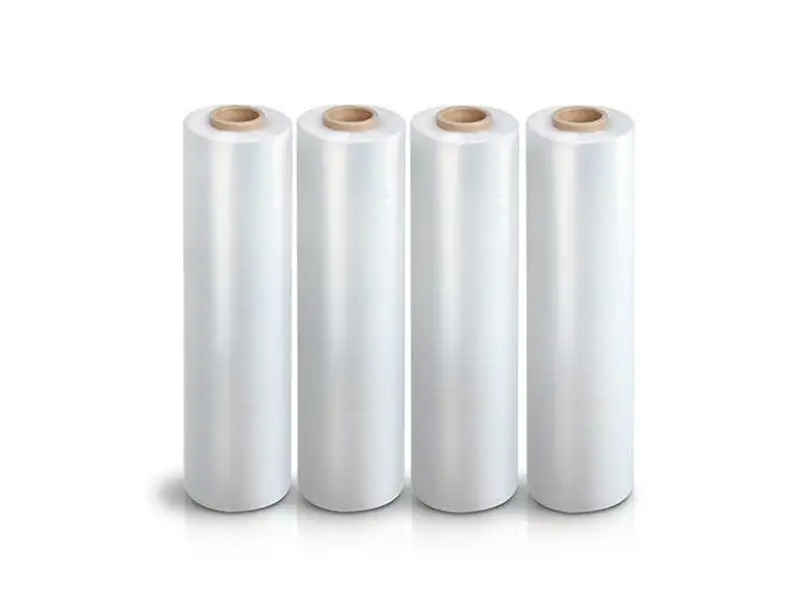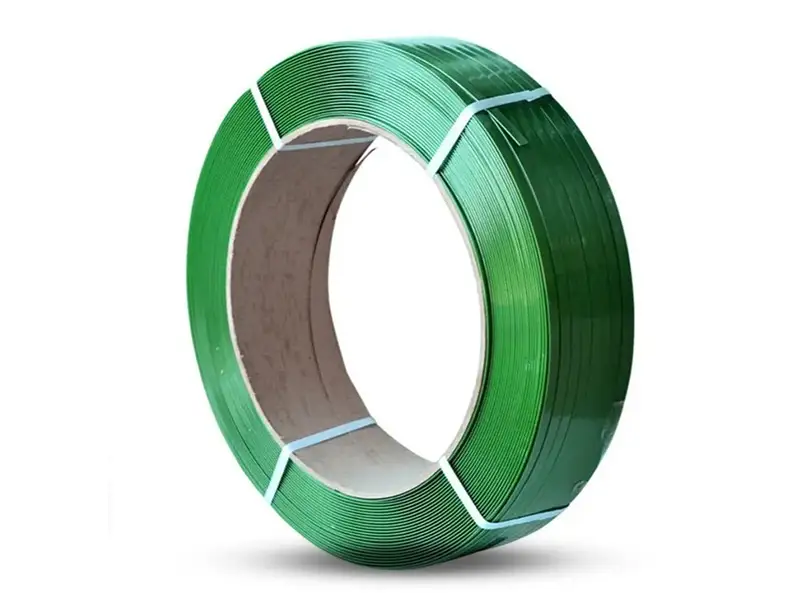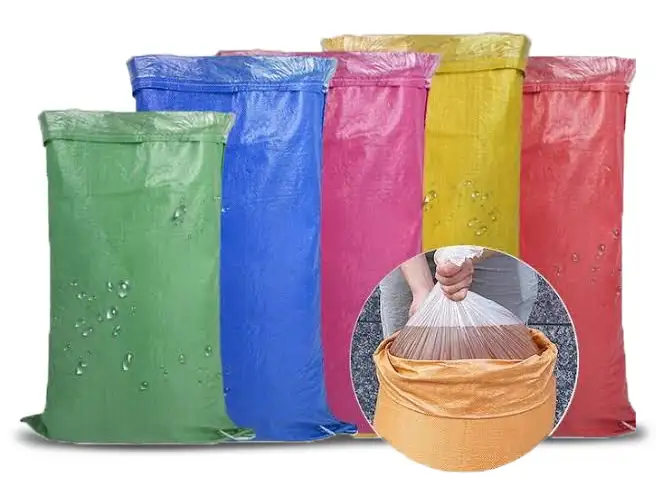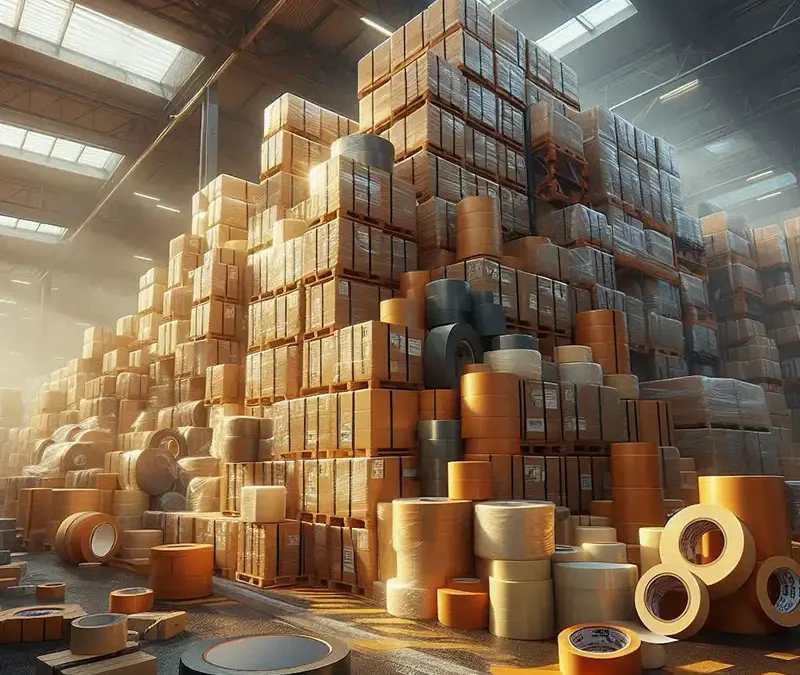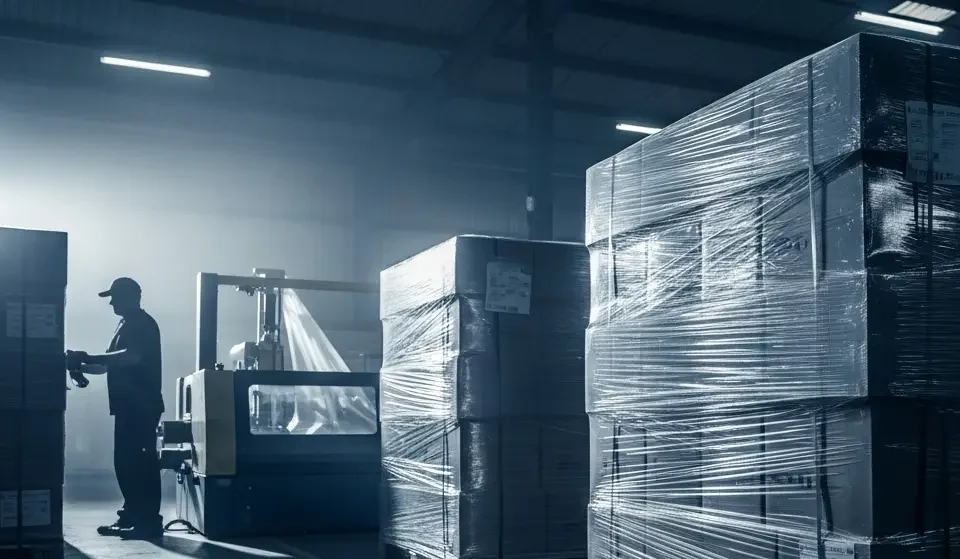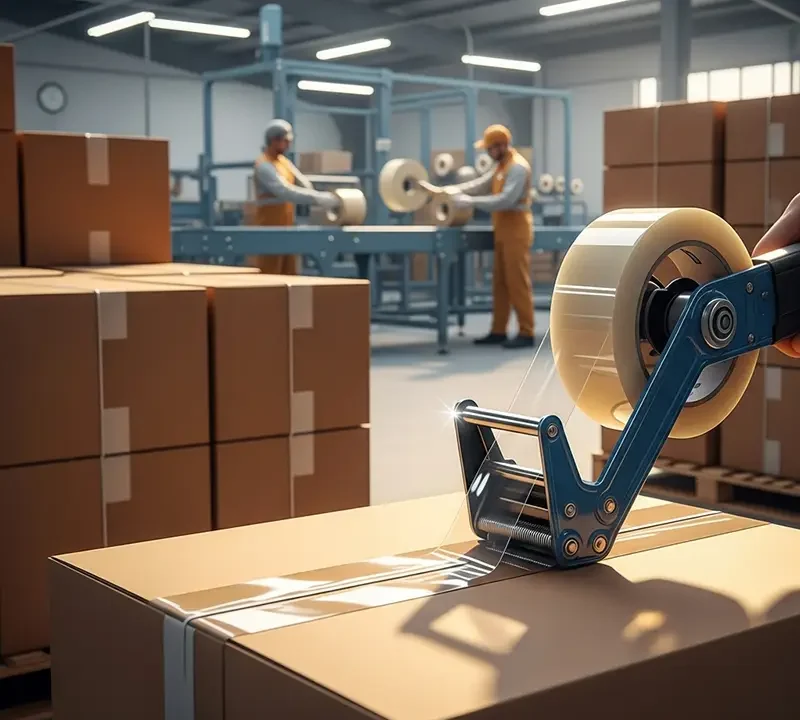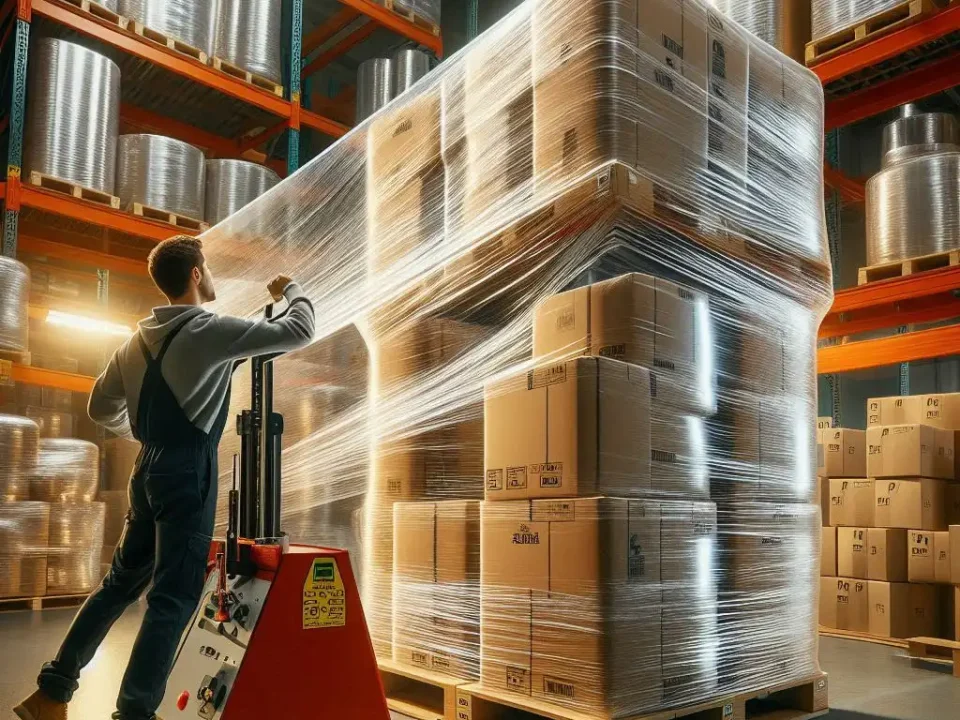
Unlock Unmatched Efficiency with Our Semi-Automatic Strapping Machine – Here’s Why You Need It!”
October 12, 2024
Stretch Wrap Film: The Ultimate Solution for Safe and Secure Packaging
October 22, 2024When it comes to ensuring the safety of your shipments, packing tape is your best ally. Often overlooked, this simple tool plays a critical role in securing your packages, preventing them from opening or getting damaged during transit.
The Importance of Packing Tape
Packing tape isn’t just a strip of adhesive—it’s a critical component in maintaining the integrity of your packages. From securing the contents to protecting against tampering, packing tape is indispensable in the shipping world.
Different Uses of Packing Tape
Packing tape is versatile and can be used for a variety of purposes. Beyond sealing boxes, it’s often used for bundling items, reinforcing weak spots on packages, and even labeling. The tape’s strength ensures that your packages remain intact no matter the distance they travel.
Innovations in Packing Tape
Over the years, packing tape has evolved with various innovations like water-activated tape, which provides a stronger seal, or eco-friendly options made from biodegradable materials. These advancements ensure that you can choose a tape that not only suits your needs but also aligns with your values.
Conclusion
Packing tape is more than just a convenience—it’s a necessity for anyone serious about secure shipping. By choosing the right type of tape, you can safeguard your shipments against damage and ensure they arrive at their destination in perfect condition.
FAQs:
- What makes water-activated tape better than regular packing tape?
- Water-activated tape provides a stronger, more tamper-evident seal, making it ideal for high-security shipments.
- Are there eco-friendly packing tape options?
- Yes, there are biodegradable and recyclable packing tapes available, which are great for reducing environmental impact.
- Can packing tape be used on any surface?
- Packing tape adheres well to most surfaces, but it’s always good to test it on delicate or textured surfaces before full application.



